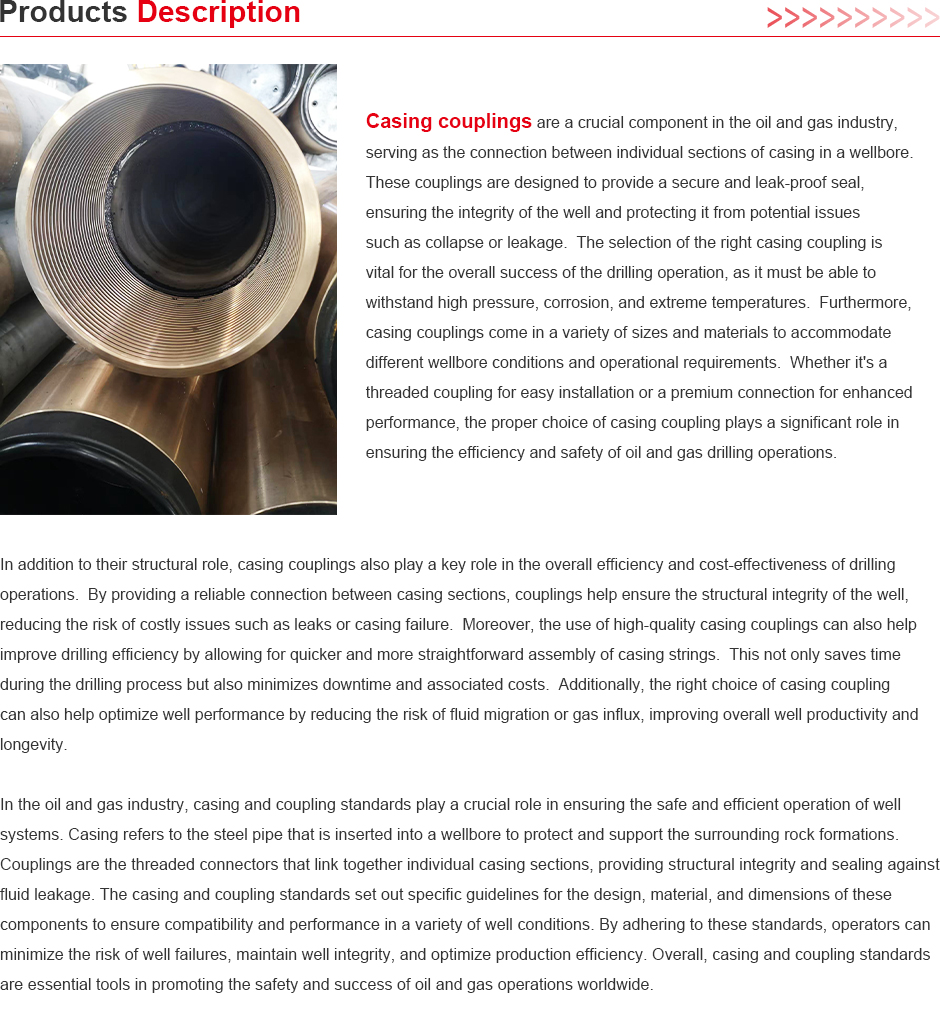- Afrikaans
- Albanian
- Amharic
- Arabic
- Armenian
- Azerbaijani
- Basque
- Belarusian
- Bengali
- Bosnian
- Bulgarian
- Catalan
- Cebuano
- Corsican
- Croatian
- Czech
- Danish
- Dutch
- English
- Esperanto
- Estonian
- Finnish
- French
- Frisian
- Galician
- Georgian
- German
- Greek
- Gujarati
- Haitian Creole
- hausa
- hawaiian
- Hebrew
- Hindi
- Miao
- Hungarian
- Icelandic
- igbo
- Indonesian
- irish
- Italian
- Japanese
- Javanese
- Kannada
- kazakh
- Khmer
- Rwandese
- Korean
- Kurdish
- Kyrgyz
- Lao
- Latin
- Latvian
- Lithuanian
- Luxembourgish
- Macedonian
- Malgashi
- Malay
- Malayalam
- Maltese
- Maori
- Marathi
- Mongolian
- Myanmar
- Nepali
- Norwegian
- Norwegian
- Occitan
- Pashto
- Persian
- Polish
- Portuguese
- Punjabi
- Romanian
- Russian
- Samoan
- Scottish Gaelic
- Serbian
- Sesotho
- Shona
- Sindhi
- Sinhala
- Slovak
- Slovenian
- Somali
- Spanish
- Sundanese
- Swahili
- Swedish
- Tagalog
- Tajik
- Tamil
- Tatar
- Telugu
- Thai
- Turkish
- Turkmen
- Ukrainian
- Urdu
- Uighur
- Uzbek
- Vietnamese
- Welsh
- Bantu
- Yiddish
- Yoruba
- Zulu
SeatingNippleinTubing-EnhanceYourOilandGasOperations
Understanding Seating Nipple in Tubing Systems
Seating nipples play a crucial role in the functioning of tubing systems, particularly in the oil and gas industry. These components are designed to facilitate secure connections and ensure the efficient transfer of fluids under high pressure. This article examines the purpose and significance of seating nipples within tubing systems and highlights some best practices for their use.
Understanding Seating Nipple in Tubing Systems
One of the key advantages of using a seating nipple is its ability to facilitate the installation and retrieval of various downhole tools. In oil and gas operations, the ability to easily deploy and retrieve equipment can significantly enhance operational efficiency. By utilizing a seating nipple, operators can quickly set and retrieve plugs or other tools, thus minimizing downtime and maximizing productivity.
seating nipple in tubing

Installation of seating nipples requires careful attention to detail. Proper alignment and secure attachment are paramount to ensuring that the nipple performs as intended. When installing a seating nipple, it is essential to follow manufacturer guidelines and industry best practices to avoid issues that could compromise the integrity of the tubing system. Regular inspections should also be conducted to ensure that the nipple remains in good condition, as wear and tear can affect performance over time.
Moreover, while the primary purpose of a seating nipple is to provide mechanical stability, its role in preventing fluid flow during certain operations cannot be overlooked. By creating a reliable barrier within the tubing, seating nipples allow operators to control fluid movement effectively. This function is particularly important when conducting maintenance or inspection work, allowing for the safe isolation of specific sections of the tubing.
In conclusion, seating nipples are indispensable components in tubing systems that not only provide stability and support for downhole tools but also enhance operational efficiency. Understanding their role and ensuring proper installation and maintenance can significantly impact the overall performance of oil and gas operations. As technology continues to evolve, so too will the designs and applications of seating nipples, making them an exciting area for ongoing development in the industry.
-
Tubing Pup Joints: Essential Components for Oil and Gas OperationsNewsJul.10,2025
-
Pup Joints: Essential Components for Reliable Drilling OperationsNewsJul.10,2025
-
Pipe Couplings: Connecting Your World EfficientlyNewsJul.10,2025
-
Mastering Oilfield Operations with Quality Tubing and CasingNewsJul.10,2025
-
High-Quality Casing Couplings for Every NeedNewsJul.10,2025
-
Boost Your Drilling Efficiency with Premium Crossover Tools & Seating NipplesNewsJul.10,2025







